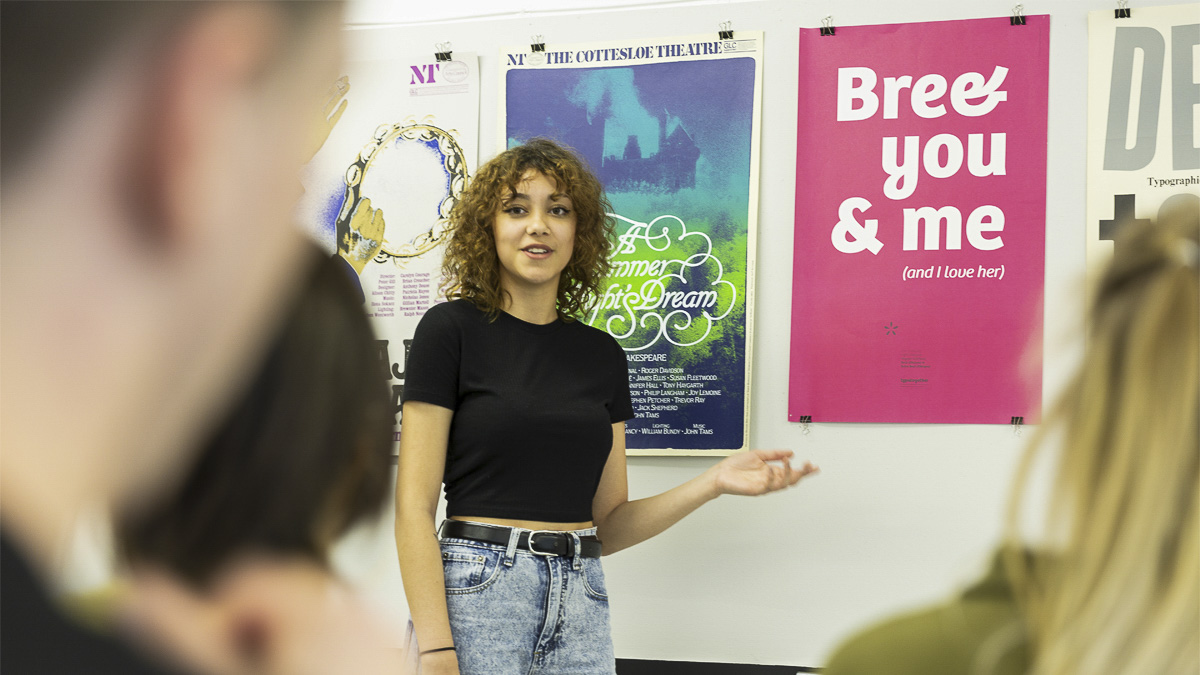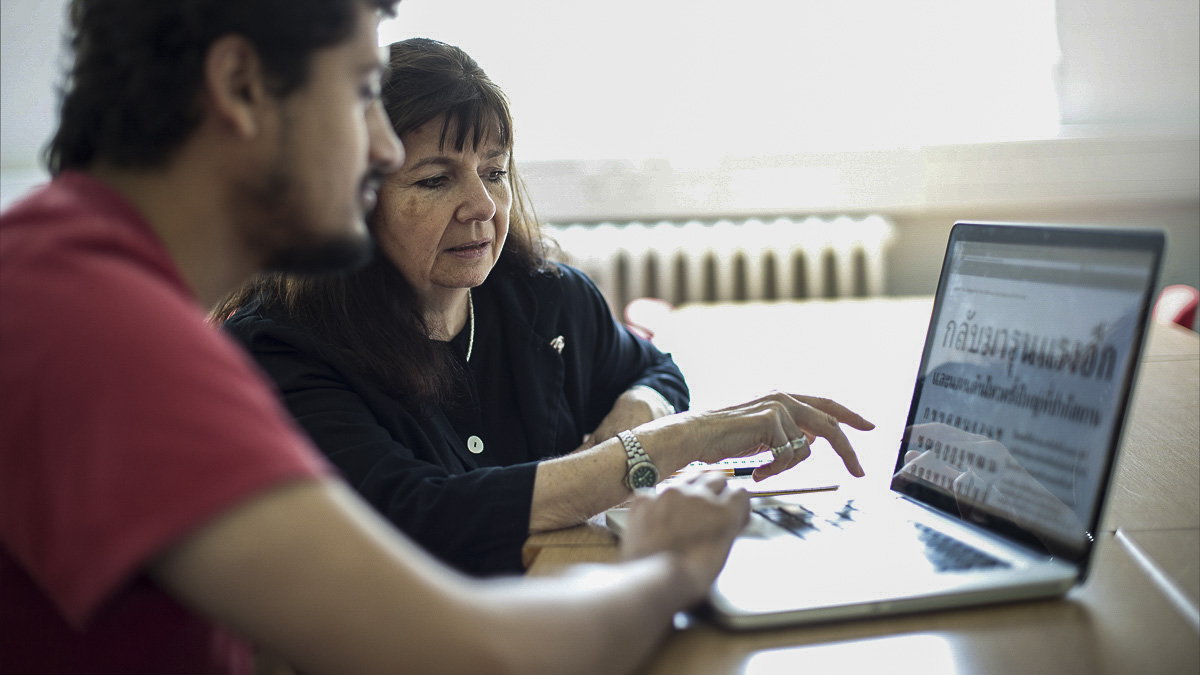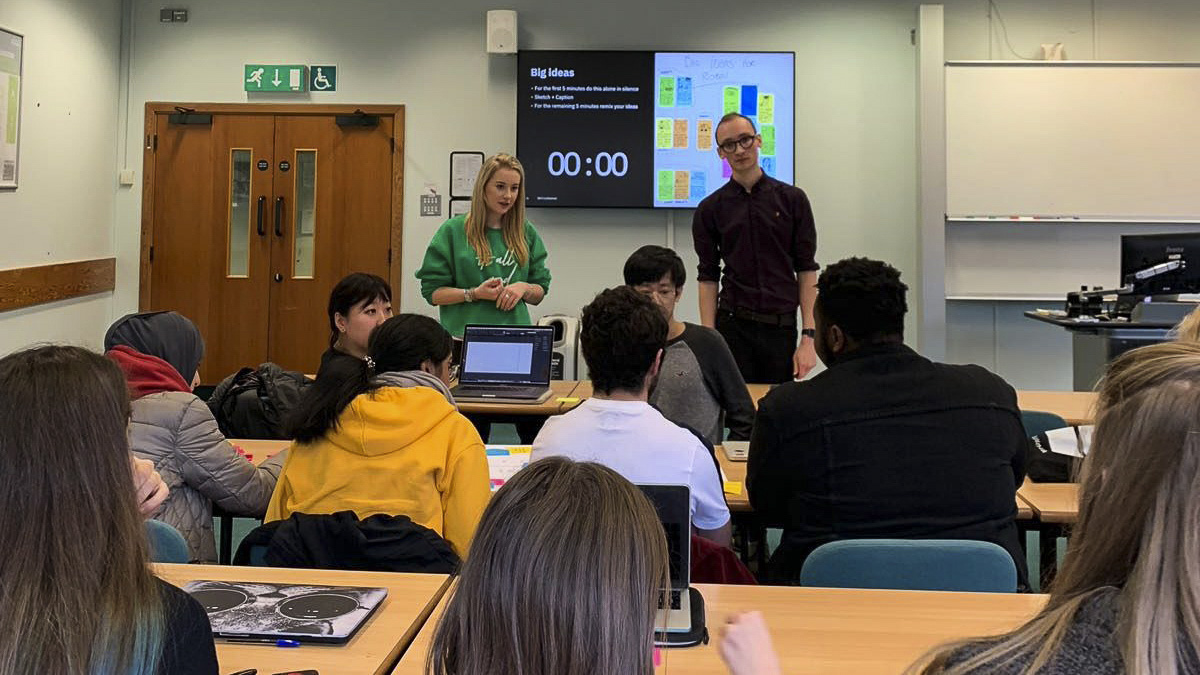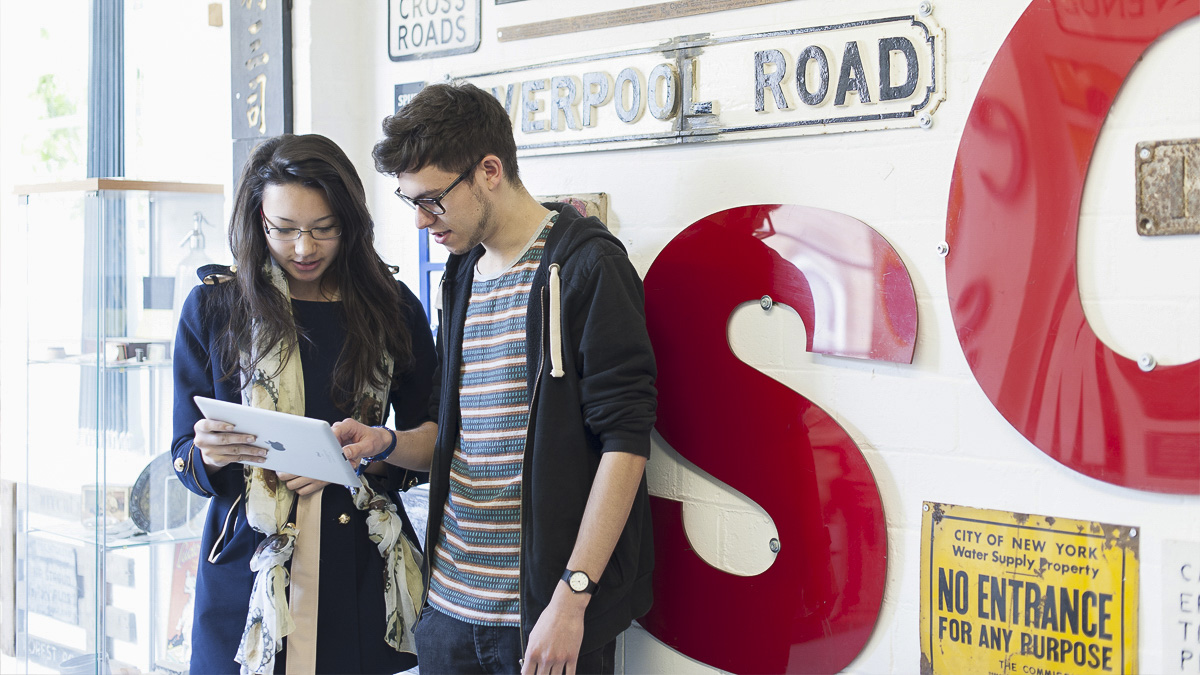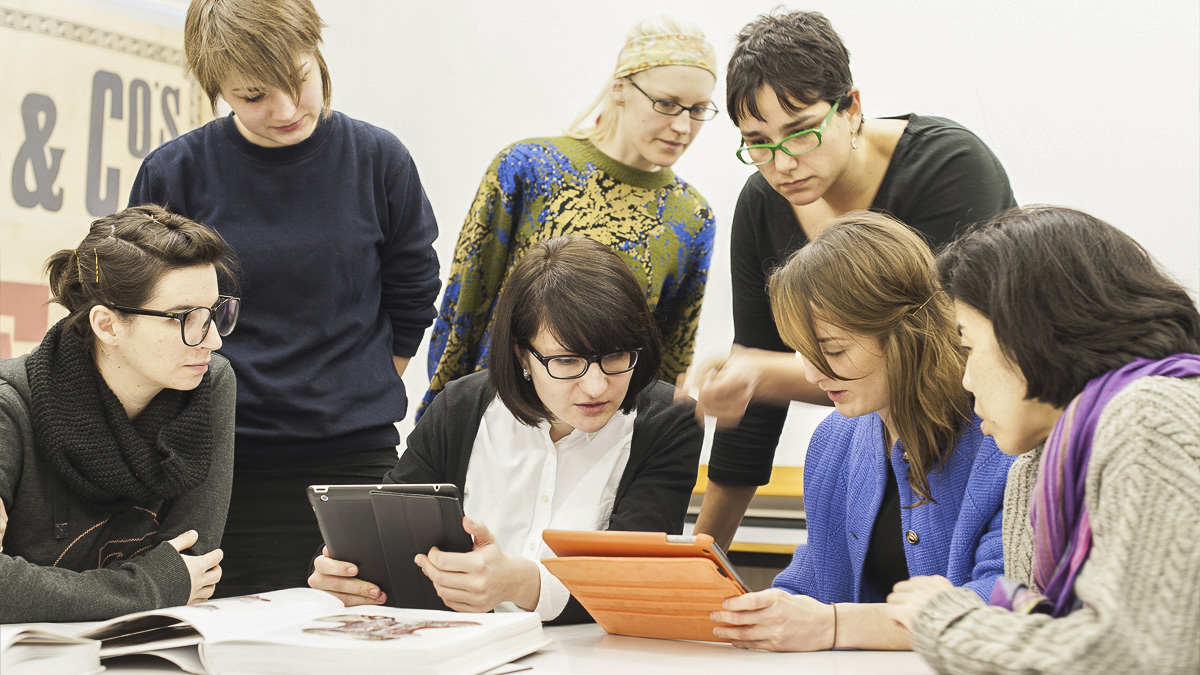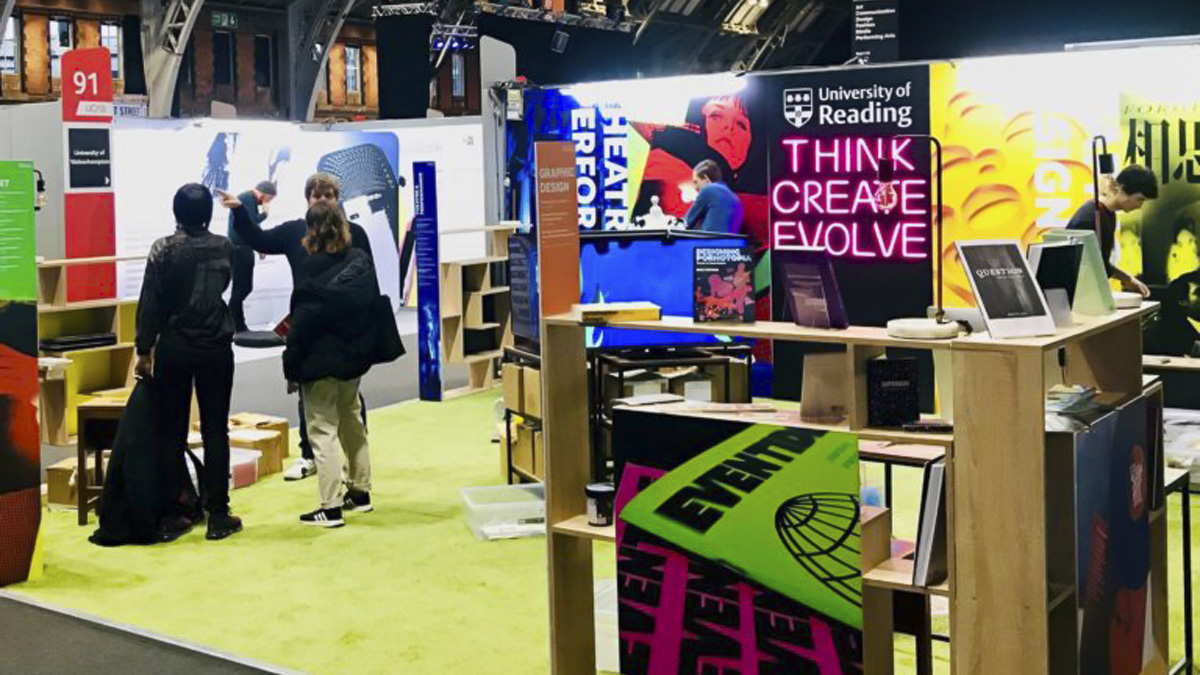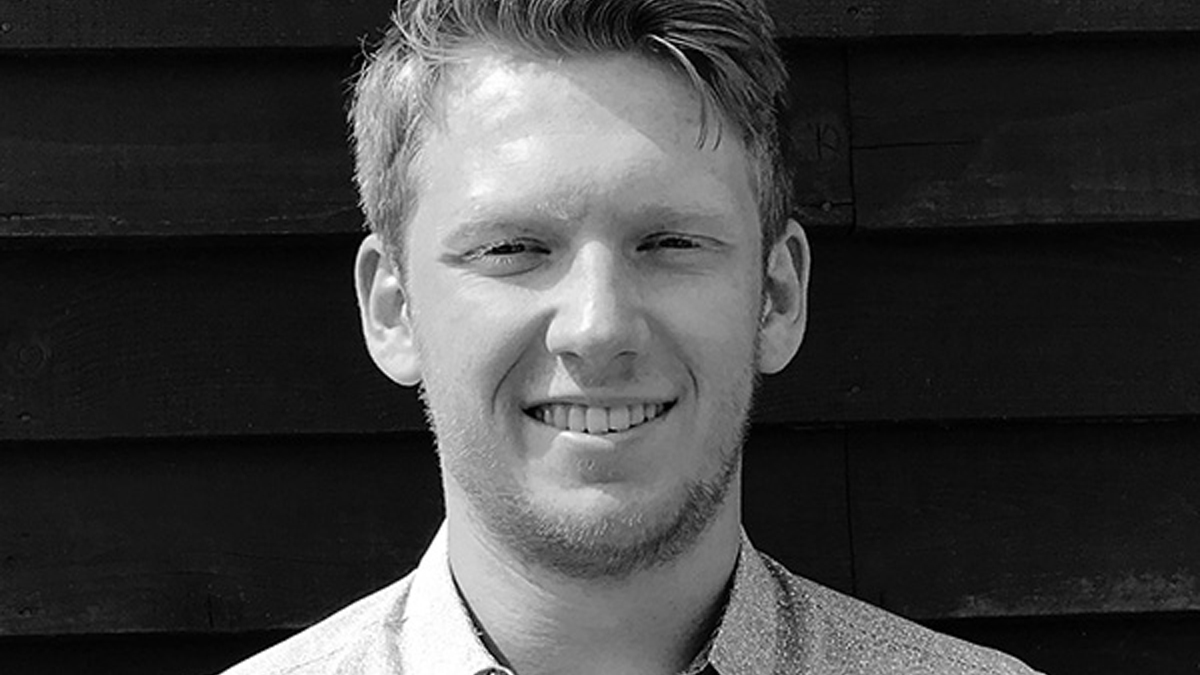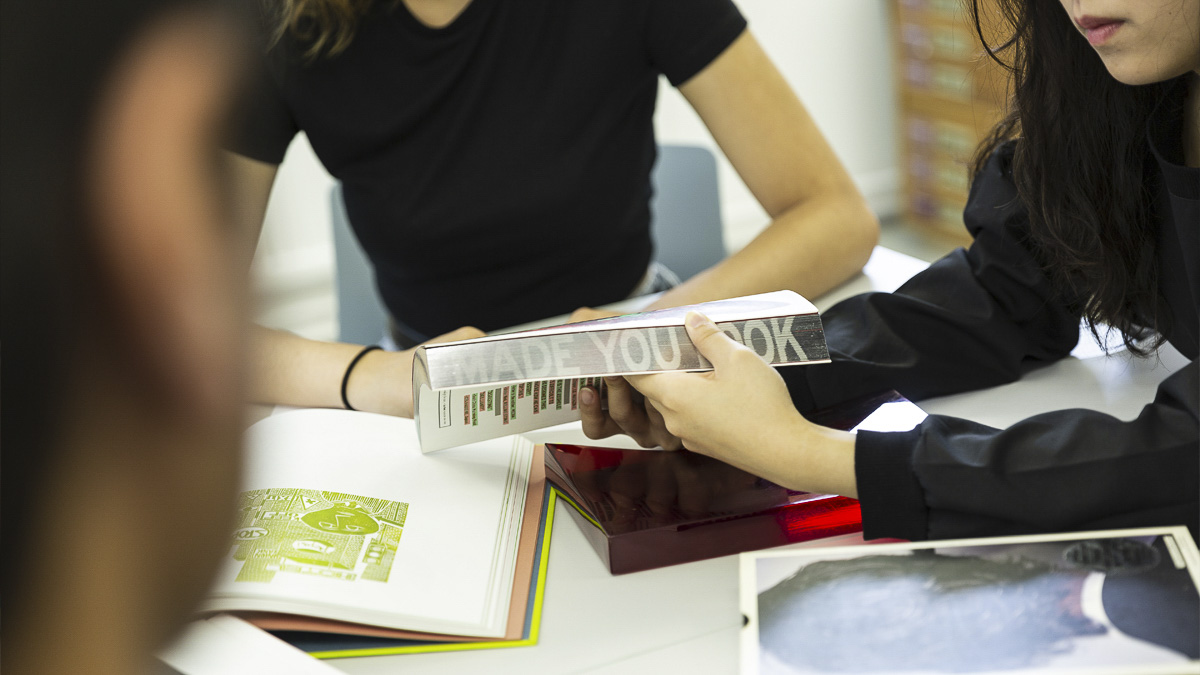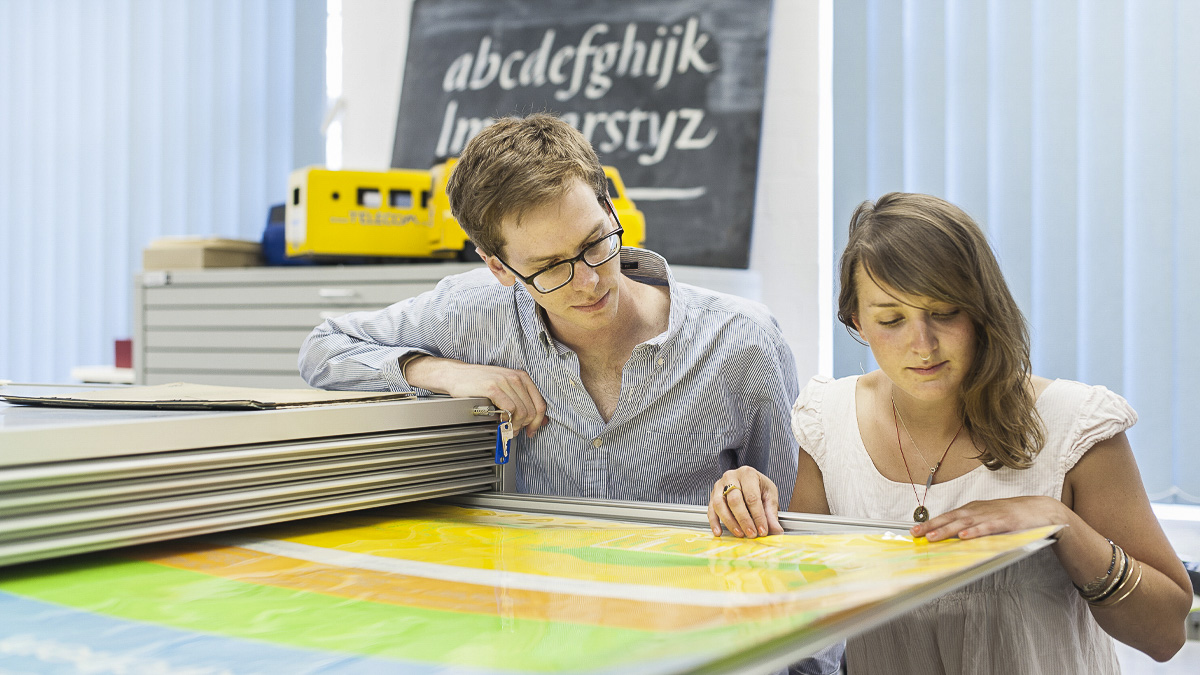
Our undergraduate course is challenging and immersive—you'll always be working on an engaging project or assignment. We push you to ensure that you’re ready to thrive in the fast-paced, ever-evolving design industry when you graduate.
To help you succeed, we provide a supportive and interactive learning experience through our small-group, collaborative teaching approach.
Watch Emily’s video to hear about her journey and how the diverse range of projects she worked on, from branding and UX to editorial design, empowered her to confidently pursue her passions and build a career in the design field.

